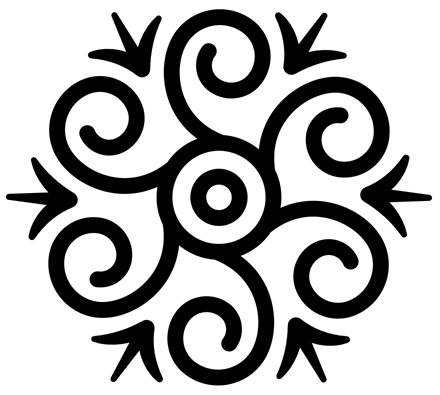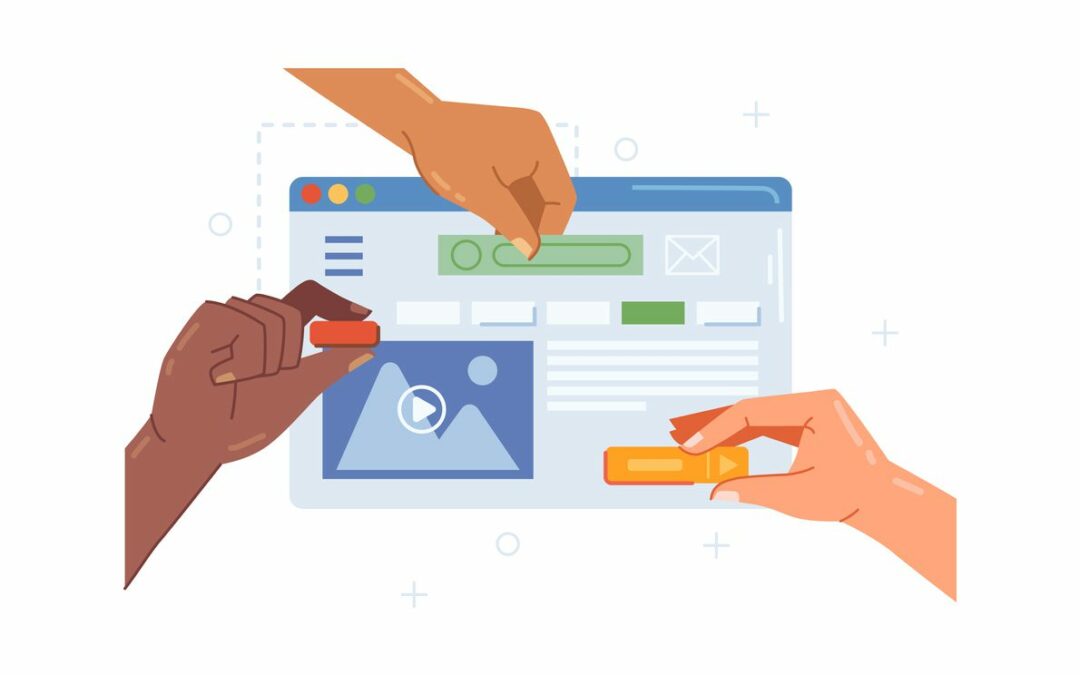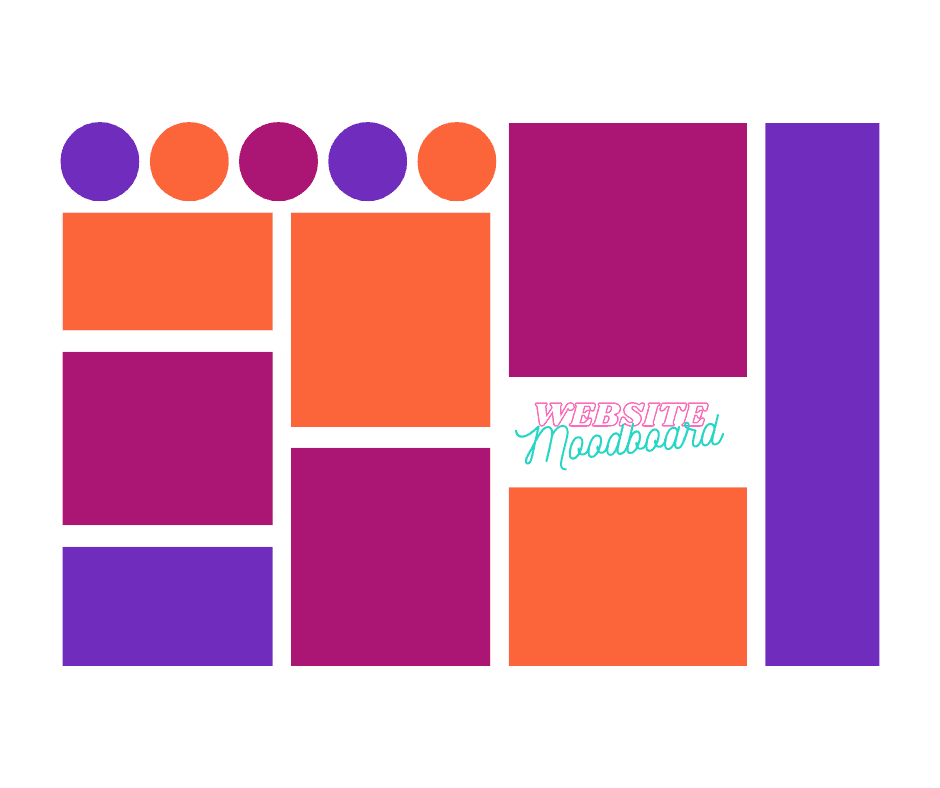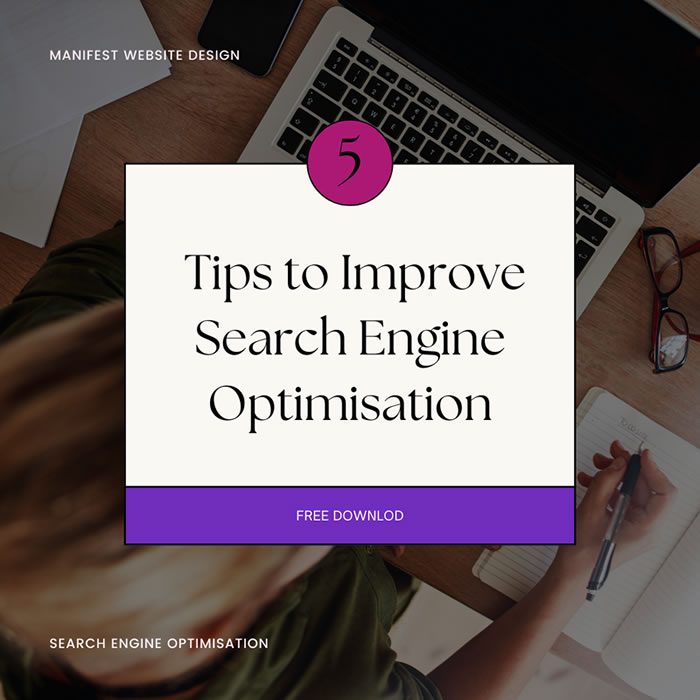How to Build a Website in 8 Steps
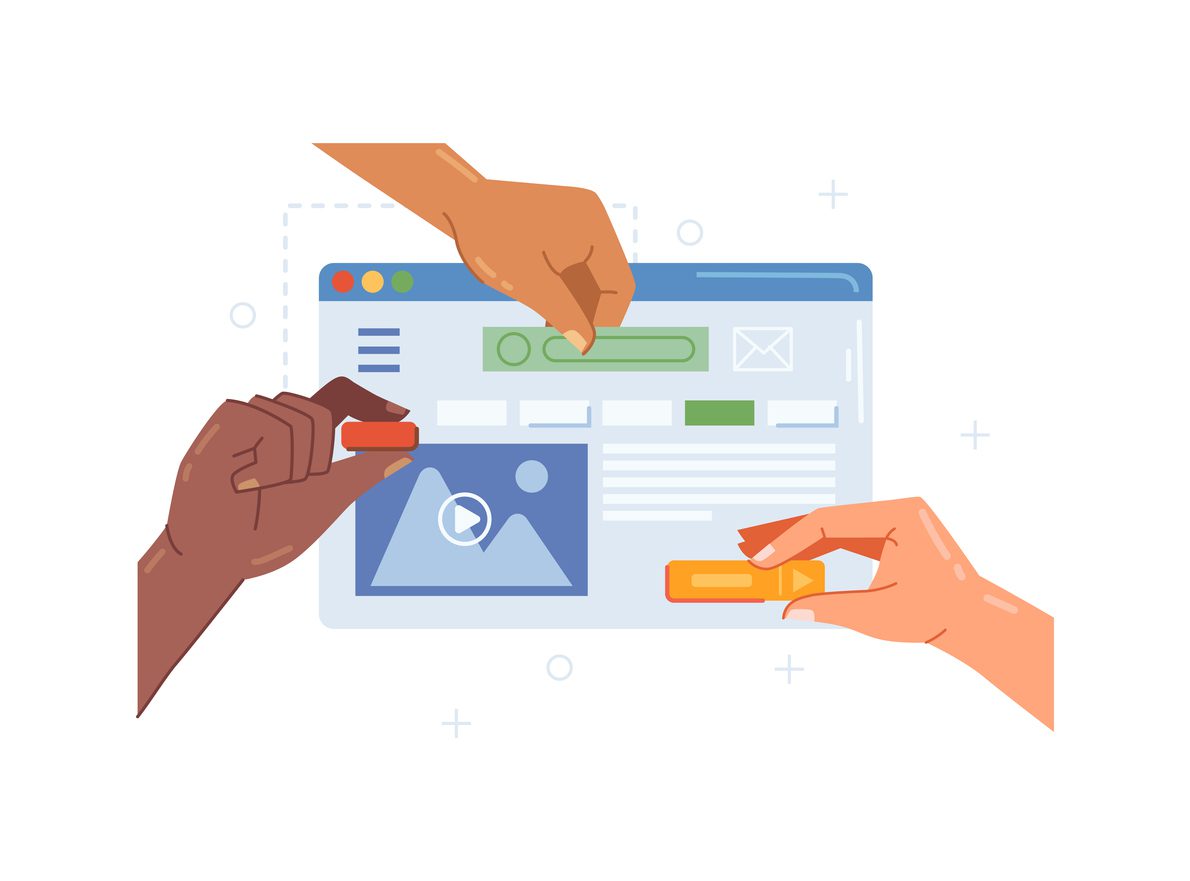
So how do you build a website from scratch with no experience? Well, I wish I could tell you that you can pick a template, slap on your business’ name, then call it a day. But that’s simply not true. There are so many factors that you need to consider: web hosting, brand elements, content strategy, site map, wireframes, search engine optimization (SEO), iteration, and continuous learning, among others.
How to Build a Website from Scratch
Here at Manifest Website Design, we’ve been building websites for over a decade now, so it’s safe to say that we know a thing or two about how to design a killer site. That said, these are the 8 steps that you need to keep in mind for your website building workflow:
1) Have the Technical Stuff Ready
You can’t build a house without bricks and mortar – the same way you can’t build a website without the technical basics. So first things first, make sure you prepare the following website essentials before diving deep into the design process:
- Domain name: Choose a name that’s memorable and easy to spell. Make sure it sticks. You can check its availability on domain registrars like GoDaddy, Namecheap, and Google Domains.
- Website builder: You have a variety of options such as Wix, Squarespace, and Ghost. At Manifest Website Design, we consider WordPress as one of the best web design sites due to its intuitiveness, features, and wide range of template options.
- Web hosting: This is where your site will live online. Find a reliable provider that suits your needs and budget, like SiteGround or Bluehost.
2) Get Website Design Ideas
Before building, it’s a good idea to gather inspiration for your website’s design. Browse other sites in your industry, check out trending designs, and take note of what catches your eye. You want to get a sense of what works and what doesn’t. You can also check out Pinterest for more website design ideas.
Once you’ve gathered some inspiration, create a mood board to help you visualise the design elements you want to incorporate into your website. Collect images, color schemes, and typography examples that reflect your brand’s personality. This helps create a cohesive look and feel across your website.
Pro tip: Stick to a limited number of font families to maintain consistency.
3) Define the Purpose of Your Website
Are you creating a blog to share your love for Australia’s sceneries, to promote your local trades business, or to showcase your e-commerce products? Whatever your reason is, make sure that it resonates with you. Afterward, jot down some specific objectives you’d like to achieve.
For example, if you’re launching an online store, you might aim to increase sales by a certain percentage or grow your email list. If you’re a tradie, maybe you want more people to call your number, which means you might need a client relationship management (CRM) platform. If you’re a manufacturer, you’d need to generate leads in order to have a profitable business.
Pro tip: At Manifest Website Design, we use a CRM platform that organises all our messages across platforms, automates key tasks, and helps us nurture leads. You might want to give it a try.
4) Research and Plan Out Your Content
Once you have a clear North Star, it’s time to plan your content. Research your target audience, industry trends, and competitors to understand the type of content that will engage your visitors. Create a content strategy that outlines the topics, formats, and posting frequency that will keep your audience coming back for more.
High-quality content is the backbone of any website. Make sure that you’re always providing value to your readers. Experiment with various content types (e.g., blog posts, images, videos, infographics) to keep your site dynamic and interesting.
Pro tip: Take writing and content creation seriously. Lately, too many people have not only become over-reliant on artificial intelligence (AI) tools but also complacent with publishing low-quality content. AI-written material cannot be copyrighted – meaning everyone else’ websites would have exactly the same content as you. The harsh truth is that you won’t end up generating high-quality leads this way.
5) Create a Site Map
You want your users to find exactly what they’re looking for without getting lost. A site map shows the structure and hierarchy of your website’s pages.
Once you have that laid out, create a wireframe for each page. A wireframe is a simple, visual representation of the placement of content, images, and navigation elements. It helps you visualize the space and identify potential navigation issues before launch.
6) Start Building Your Website
With all the prep work done, it’s time to create your very own piece of the internet. Don’t worry if you’re new to this as there are numerous tools available to make the experience enjoyable and straightforward – even if you haven’t coded a thing in your life!
It’s crucial to select a platform that suits your needs and skill level. Popular choices include WordPress, Wix, Ghost, and Squarespace, each offering its own unique advantages and disadvantages. Some platforms cater to beginners, while others offer more advanced customisation options for those who desire greater control over their website’s design and functionality.
| Core Feature | WordPress | Wix | Ghost | Squarespace |
| Ease of use | Moderate | Easy | Easy | Easy |
| Customisability | High | Moderate | Moderate | Moderate |
| Pricing | Free to premium | Free to premium | Free to premium | Premium-only |
| Design templates | Thousands | Hundreds | Limited | Hundreds |
| Content management | Advanced | Moderate | Moderate | Moderate |
| Technical skills required | Moderate to high | Low | Low | Low |
| Support and community | Large community and forums | Official support and knowledge base | Official support and knowledge base | Official support and knowledge base |
7) Test and Launch
Before you officially launch your website, do a test run. Test your website on multiple devices and browsers to ensure it looks great and functions properly. Check for broken links, typos, and any other errors that could affect the user experience.
When you’re satisfied that your website is ready for the public, it’s time to hit the launch button. Spread the word. Share your new site with friends, family, and your wider network.
8) Optimise Your Content
What’s the point of pouring your heart into something when no one’s going to see it?
We recommend learning SEO best practices to increase the chances of your website ranking higher in search results. This leads to more clicks from users and a significant boost in organic traffic to your website.
Learning SEO can be overwhelming. So do yourself a favour by taking things one step at a time. When I first started upskilling in SEO, I found myself experiencing choice paralysis: free courses, YouTube videos, endless blog posts – I didn’t know where to start. My approach was to consume one piece of content at a time then implement what I learned in either my passion projects or work outputs. This accelerated my learning by a thousandfold.
Pro-but-cliché tip: Practice makes perfect.
Know When to Get Website Design Services
Sometimes, despite our best efforts, we need a little help from the pros. If you’re struggling to create a website that meets your vision or you simply don’t have the time to do it yourself, consider hiring a web designer in Australia.
You probably saw this pitch from a mile away, but here at Manifest Website Design, we guarantee that we can take your website to the next level. Here’s proof. Feel free to contact us for help if you’re experiencing any of these situations:
- Limited time and resources: If you’re short on time or don’t have the necessary skills to create a website, hiring a website design agency can save you hours of staring at the computer. We’ll handle development, SEO marketing, and lead generation, allowing you to focus on other aspects of your business or project.
- Complex functionality: When you work with us, you’ll get access to our team of talented professionals who are experts in all areas of website design and development. From designing the graphics and coding to website maintenance and content marketing, we’ve got you covered.
- Branding and design: We take pride in our custom designs that reflect your brand’s unique identity and values. We’ll work closely with you to understand your business goals, target audience, and branding requirements, and then create a website that suits your taste. Our custom designs will make your website stand out and create a lasting impression on your audience.
- Optimisation: We don’t just create pretty websites – we also focus on user experience and functionality. We design websites with the user in mind, creating an intuitive interface that makes it easy for users to find what they’re looking for, no matter what device they’re using. Our SEO services can also help you rank higher in local search results in Australia, including the Southern Highlands.
Manifest Website Design Jumpstarts Your Design Process
It takes these eight steps to create a website, but we can build the website of your dreams in eight weeks. So if you’re ready to take your online presence to the next level, let’s work together to create a website that will knock your socks off (and your competition’s too!). Together, let’s create a pixel-perfect website. Get in touch with us today.
